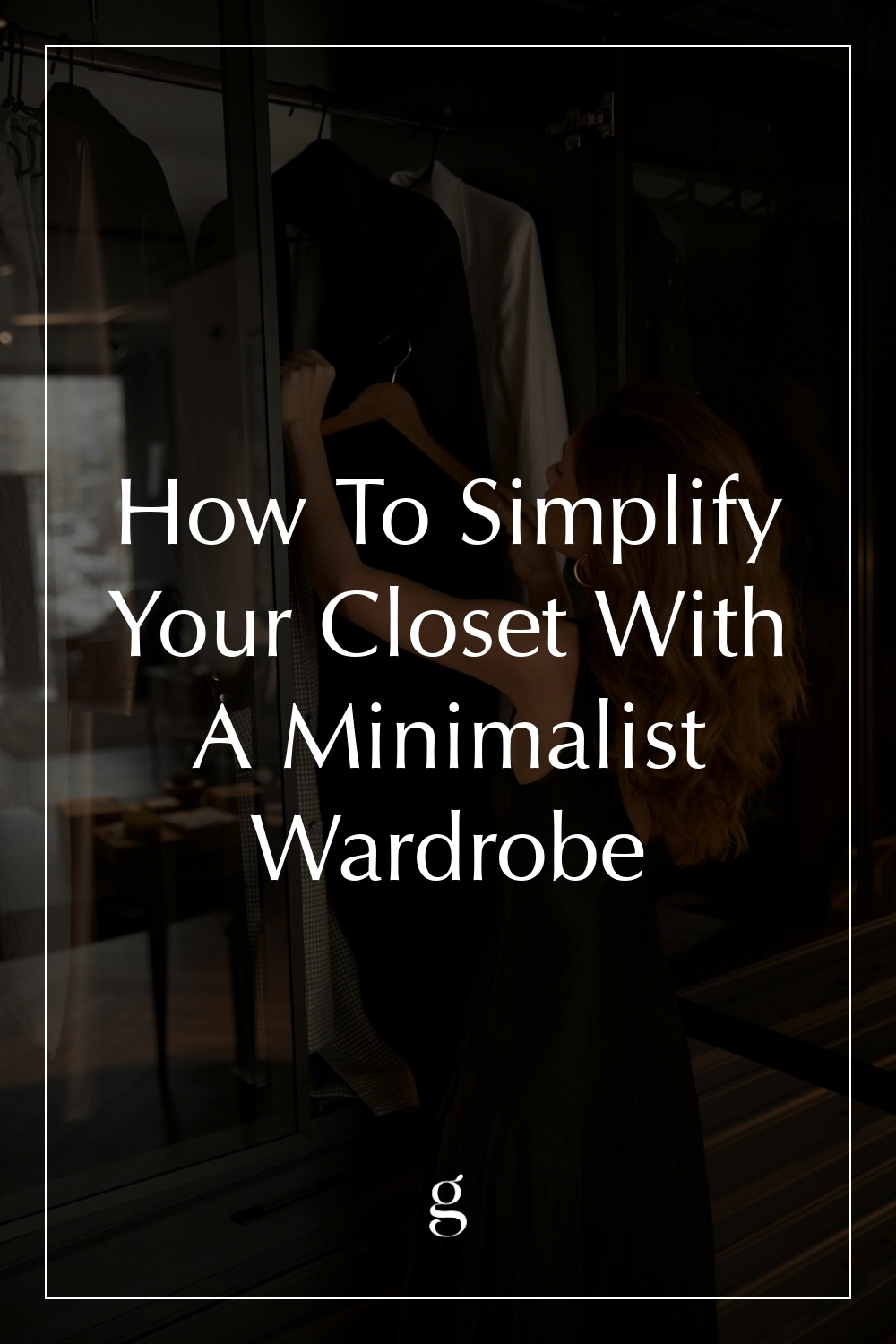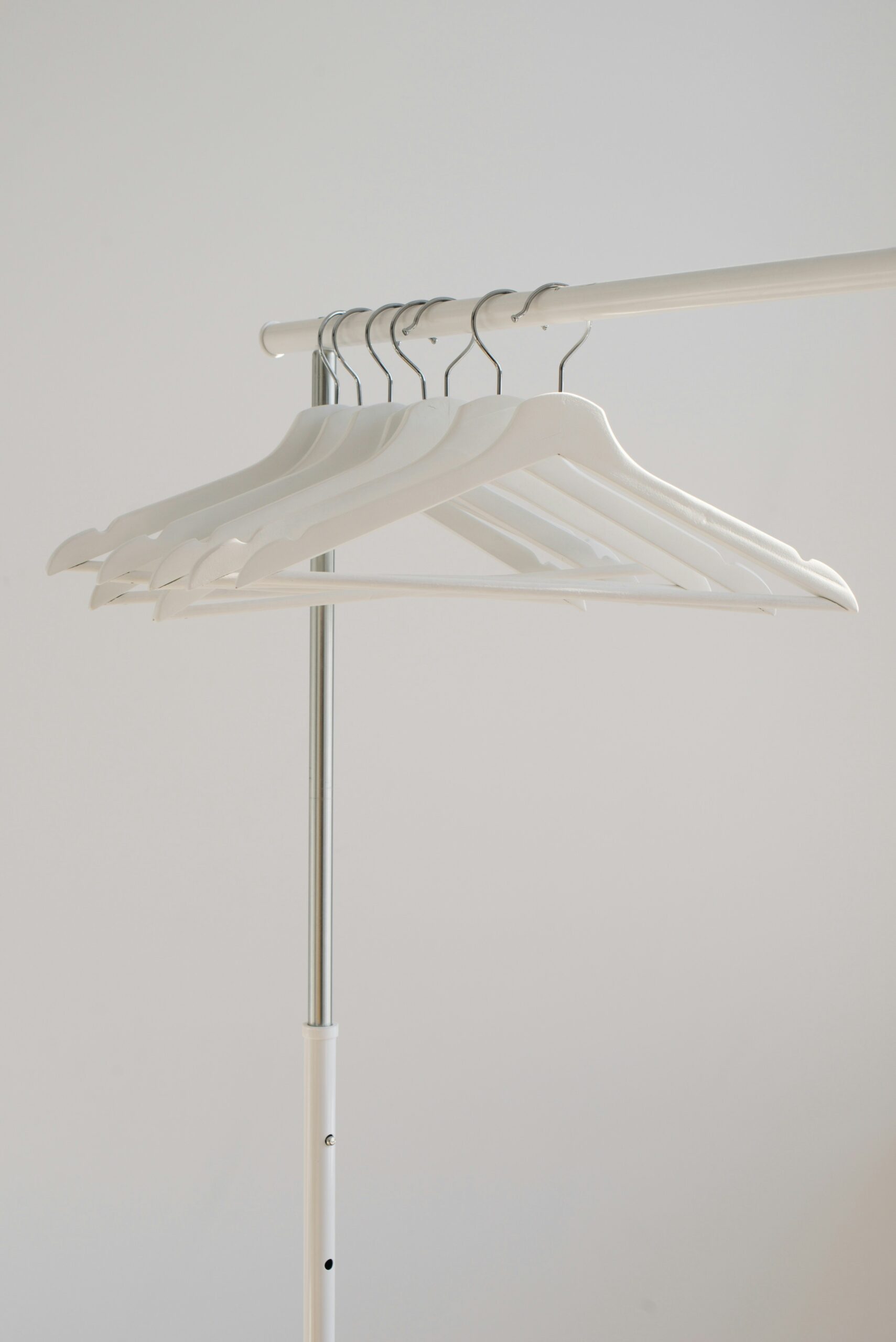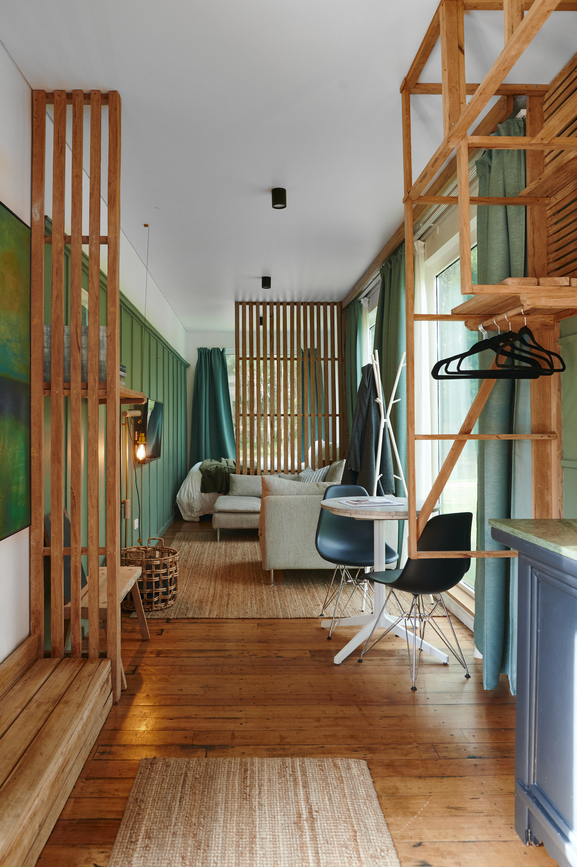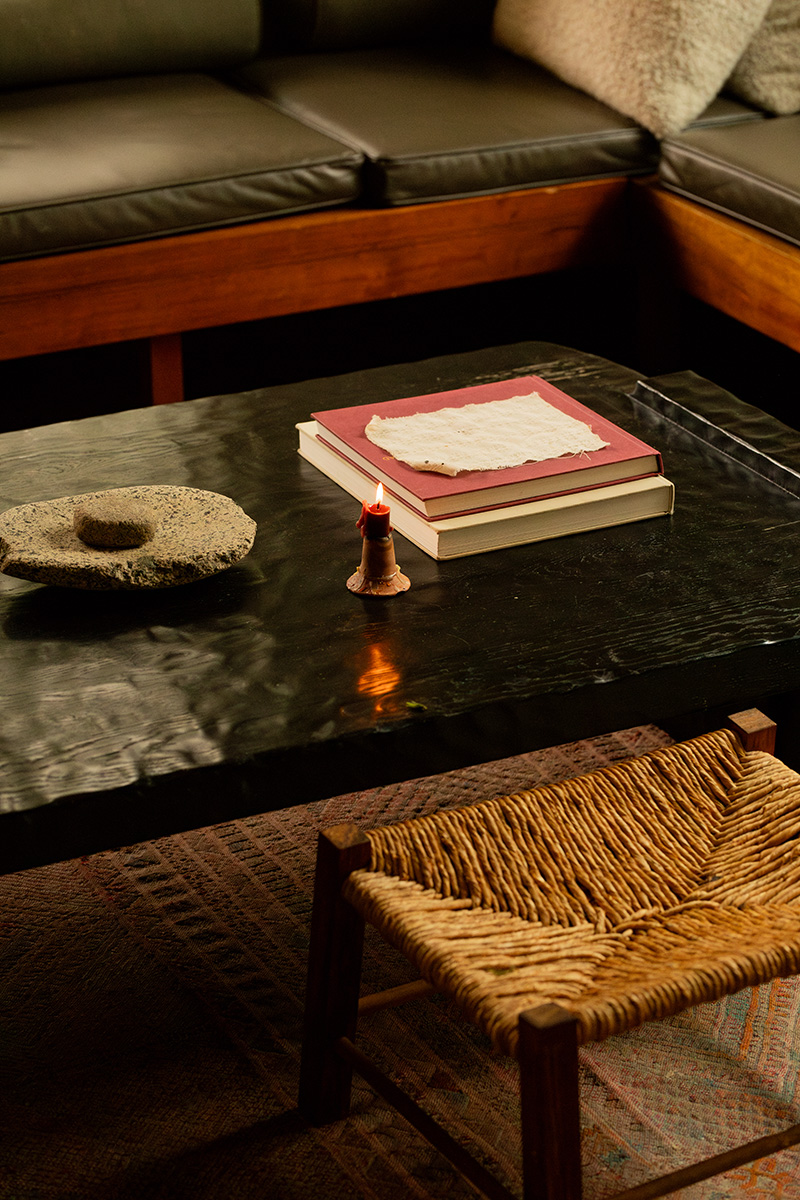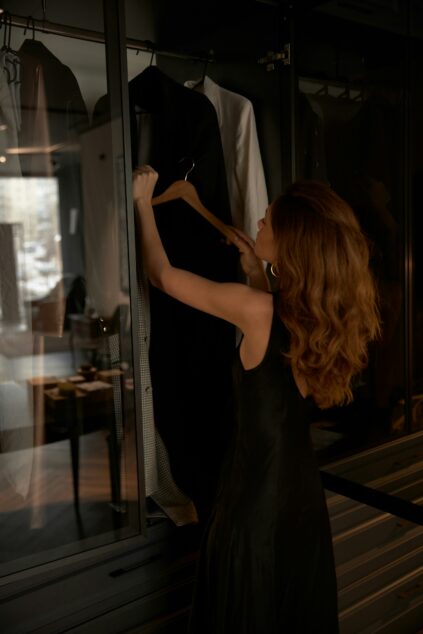
How To Simplify Your Closet With A Minimalist Wardrobe
Shifting from a fast-fashion closet to a thoughtfully curated capsule wardrobe is one of the most impactful ways to practice sustainable living. However, the process can feel daunting at first, especially if you’re used to regularly refreshing your closet with new pieces. Advertisements and social media constantly encourage us to buy more, convincing us that we need a different outfit for every season, occasion, and fleeting trend. This messaging makes it easy to fall into the habit of accumulating clothes without considering their long-term value or impact. But the truth is, a well-planned wardrobe can be both stylish and sustainable — without the endless cycle of purchasing and purging.
By taking a few simple, intentional steps, anyone can transition to a capsule wardrobe that feels effortless and personal. Instead of chasing trends, the focus shifts to choosing versatile, high-quality pieces that align with your style and lifestyle. Not only does this simplify daily outfit decisions, but it also saves money and reduces waste. More importantly, it fosters a deeper connection to the clothes you own, encouraging you to wear what makes you feel confident and comfortable rather than what the fashion industry dictates. A capsule wardrobe isn’t about restriction — it’s about redefining abundance, where having less actually means having more: more ease, more savings, and more appreciation for the pieces that truly serve you. Here’s how to get started:
1. Sort your current closet
Start building your minimalist closet by taking inventory of what you currently have. Sort and organize your apparel, separating items into three distinct piles: Donations, Consignments, and Clothes to Keep.
When deciding what to keep, think about how often you wear an item and whether it complements the staple pieces you envision purchasing in the future. Keep only the garments you love and plan to wear often. You do not need to toss something out just because it’s from a fast-fashion brand. Sustainable fashion is ultimately about wearing what you already own and keeping clothes out of landfills. We can often give our clothing a new life with just a few simple updates, like hemming.
For the garments you no longer wear that are gently worn, set them aside to sell online. Alternatively, you can resell them at your local consignment store. The money you make from these items is perfect for investing in quality garments down the road.
Your third pile is your donation pile. These are your clothes that are well-loved but not up to consignment standards. Drop them off at your local charity. For clothing damaged beyond wear, you can turn them into rags for cleaning or find a textile donation center.
Most importantly, start slow. You don’t have to clear out all of your clothes at once. Spend the next year slowly swapping out a handful of garments in exchange for one to two quality pieces at a time. This will make the process less overwhelming and more affordable.
2. Discover your personal style
It’s essential to feel confident and comfortable in the clothing we wear. When creating a minimalist wardrobe, ditch the seasonal trends and think about a style that is unique to you. An authentic, timeless wardrobe will reflect your personality and make you feel most like yourself. Ask yourself: What do I want my clothes to say about me? Which fabrics and fits do I feel most comfortable wearing? Which colors, patterns, and accessories bring out my true self and best complement my personality?
Try creating a mood board with photos of outfits and looks that speak to you. Or try these tips for finding and curating your personal aesthetic.
3. Save up and shop secondhand
One of the biggest deterrents to building a minimalist wardrobe is the cost. Quality apparel from ethical brands is more expensive than fast fashion because of the sustainable, lasting fabrics and because workers are paid fair benefits and wages (learn more about the cost of sustainable fashion here). Still, these garments can be out of reach for many of us. Here are a few beginner tricks:
- Shop secondhand. Contrary to popular belief, thrift stores are not only for cheap clothing and worn-out furniture. Some of our favorite and most timeless pieces have been discovered on the racks of unassuming thrift stores or online—we’ve even scored preloved apparel from sustainable brands.
- Save for big-ticket items and staple pieces. Don’t feel like you need to go out and replace your wardrobe all at once. Start small and begin saving for those expensive items, such as fine minimalist jewelry, winter coats, or high-end denim, months in advance. When you’re building a minimalist wardrobe, remember you’re paying for quality rather than quantity. By looking at the big picture and how much money you will save over time, it can seem less daunting. This is especially true when you plan and budget for an expensive item.
- Shop the deals. Many of our favorite ethical brands discount seasonal items and offer coupon codes when you sign up for their newsletters. Take advantage of these discounts when building your minimalist wardrobe.
4. Care for your garments
With fast fashion brands, clothes are not made to last for more than a few wears, and it can seem silly to invest in the care for a garment that costs less than 20 dollars. With a minimalist wardrobe, though, you’ll want to ensure you are properly caring for your apparel. This will protect your items from accidental damage and allow you to wear pieces for years to come.
A few tips for care: Hand wash delicates, invest in a steamer and wooden hangers, and know what garments you need to take to a dry cleaner. Read tips from a costume designer on how to care for your clothes, and read more here on how to clean vintage clothing properly.
5. Rely on community
A common concern with keeping a minimalist wardrobe is not having clothing for those special occasions or unique seasons in life. Whether it be maternity clothes, wedding attire, or garments for your upcoming vacation, sometimes we need an outfit that is not everyday wear. Online rental sites are ideal for unique and infrequent occasions. We also love swapping apparel with friends and prefer this method as it’s much more sustainable and has a low carbon footprint. It’s also more fun! If you’re curious about how to find like-minded individuals in your area who are also building minimalist wardrobes, check out our guide on hosting a community clothing swap.
“We also love swapping apparel with friends—and prefer this method as it’s much more sustainable and has a low carbon footprint.”
6. Remember the journey
Building a minimalist wardrobe isn’t just about changing how we shop — it’s about redefining our entire relationship with clothing. And let’s be honest: That’s not always easy. When first making the shift, it can be surprisingly difficult to break old habits. We realize just how loyal we were to certain brands and how second nature it felt to browse fast fashion retailers for a last-minute outfit. The convenience of grabbing a new pair of jeans or an interview-appropriate blazer at the mall suddenly feels like a luxury we took for granted. It can be frustrating, even exhausting, especially when money is tight or when the perfect item proves elusive — while we know exactly which fast-fashion store would have it in stock. But the effort is worth it.
Give yourself grace. Building a conscious, minimalist wardrobe is a journey, not a race, and like any meaningful change, it comes with learning curves and adjustments. There will be moments of frustration, but there will also be moments of clarity — when you start seeing clothing as an investment rather than an impulse purchase. Rewiring the way you think about shopping takes time, but the reward is lasting: a wardrobe filled with pieces you truly love, wear often, and feel good about owning.
Kayti Christian is a Senior Content Strategist at The Good Trade. With an MFA in Nonfiction Creative Writing, her work has appeared in TODAY, Shondaland, and The New York Times. Since 2017, Kayti has been uncovering and reviewing the best sustainable home brands and wellness products. Her personal journey through four years of fertility treatments has inspired her to write extensively about women’s healthcare and reproductive access. Beyond her work at The Good Trade, Kayti is the creator of phone notes, a Substack newsletter with 7,000 subscribers, and the cohost of the FriedEggs Podcast, which delves into IVF and infertility.

